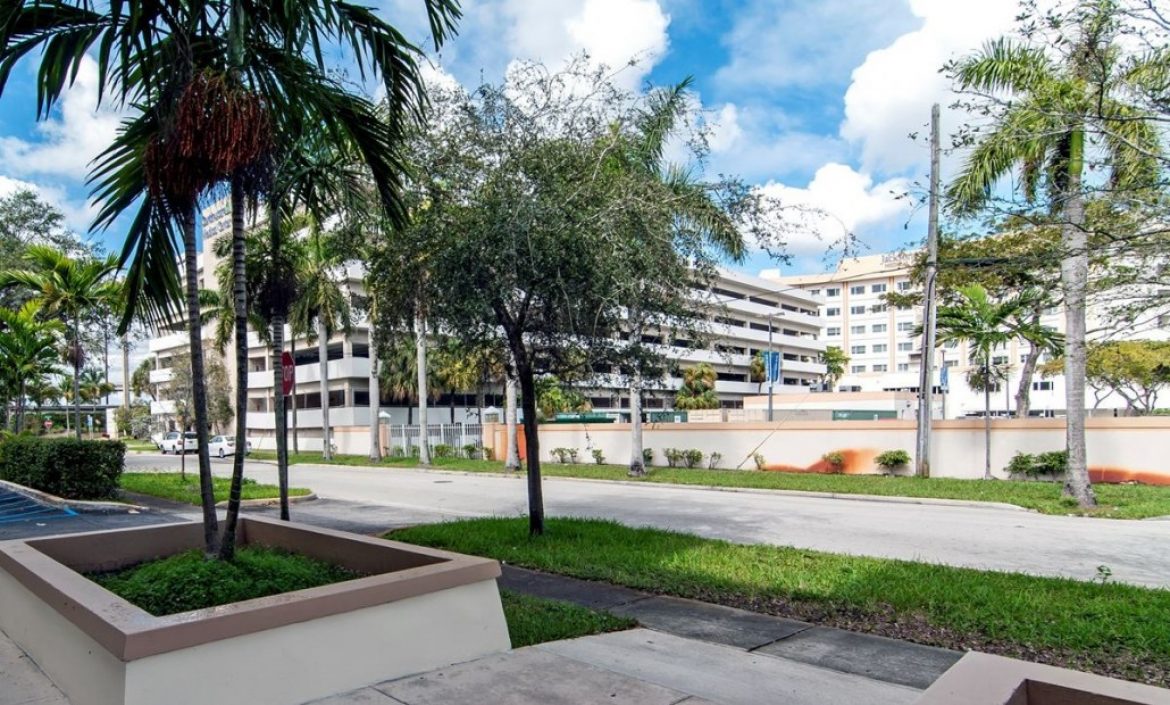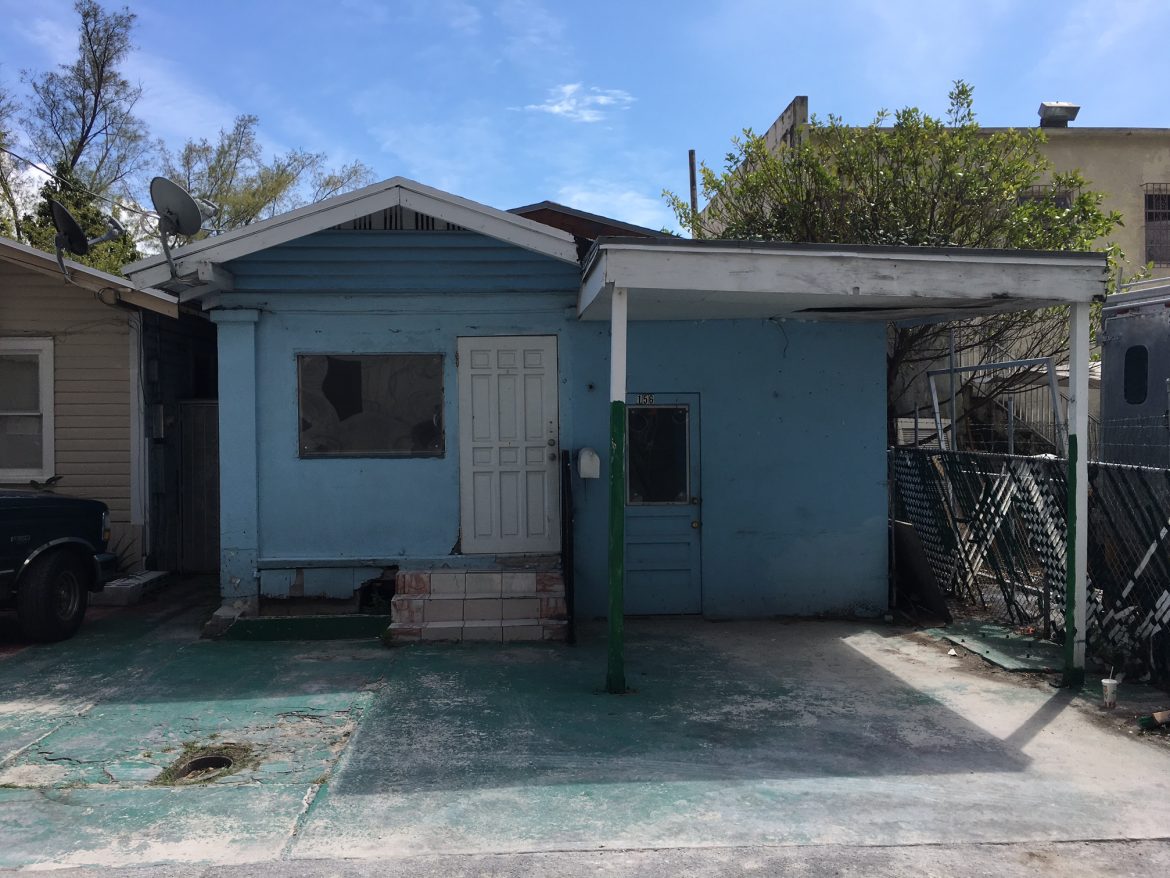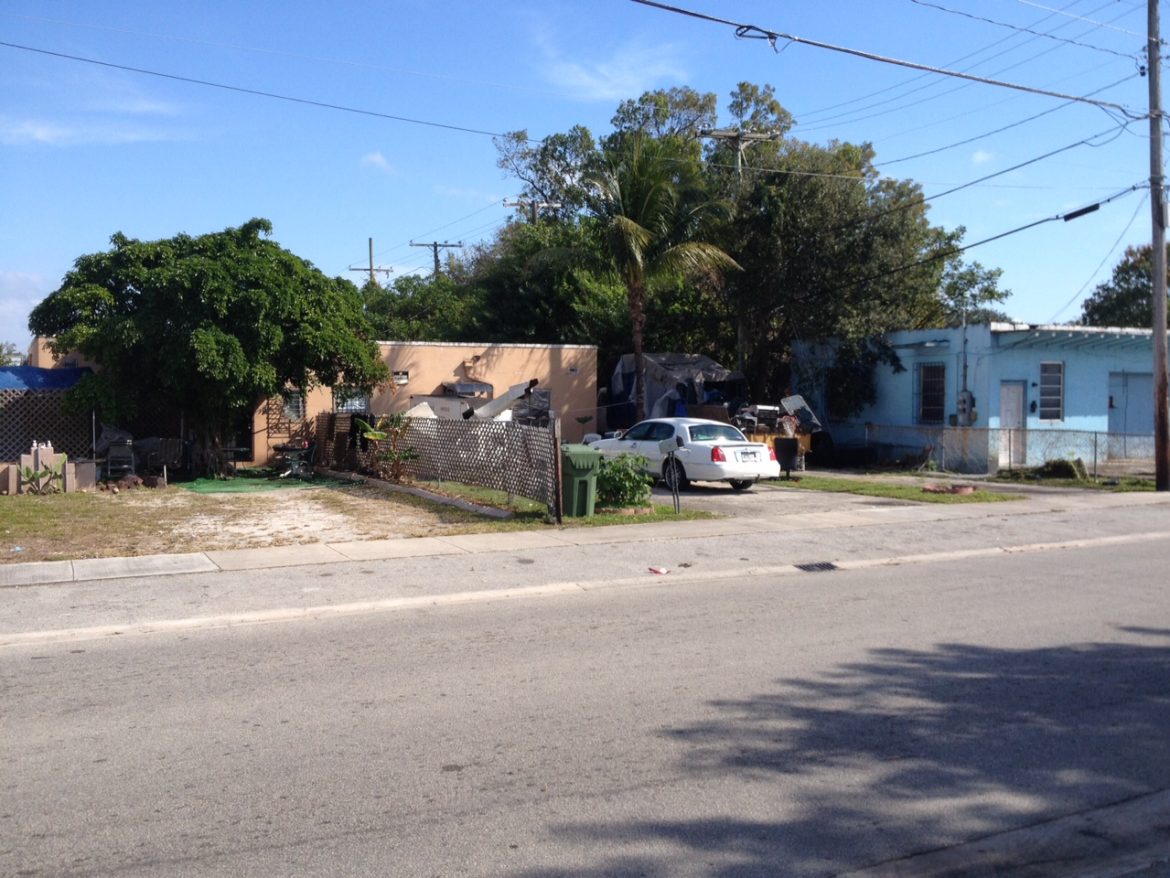2000 N. Miami Avenue became available for sale, presenting a rare opportunity for investors and developers to own a parcel of land in Miami’s Wynwood neighborhood, which has skyrocketed into a thriving arts center, nightlife hub, and tourist magnet over the past decade.
Currently, the 1.38-acre lot located on the corner of North Miami Avenue and NW 20th Street is currently the largest undeveloped property by square feet available for sale inside Wynwood, as well as one of the largest development sites over 1 acre that hasn’t been scooped up yet by a major developer. Tony Cho, chairman and chief vision officer of Metro 1, is the broker on the listing, with Andres Nava taking lead as the primary listing agent.
The property comprises four conjoined lots being sold together, which are all zoned T6-8-O NRD-1, allowing up to 8 stories by right and 12 stories with bonuses of mixed-use infill development. Under this zoning, the property can be developed into up to 207 units (310 with bonuses) or licensed for up to 414 hotel keys. The proposed development by Metro 1 Commercial, the Miami-based brokerage representing the owner-seller on the listing, would include a mixed-use residential and retail development with 206 apartment or condo units, 21,000+ square feet of retail, outdoor living spaces, and 360 parking spaces.
“This site is something truly rare in the Miami market, where Wynwood has been the dominant ‘hot’ neighborhood now for more than six to seven years. We feel that coming off of COVID-19, with more optimism in the commercial real estate market and investors poised to compete for high-quality deals, now is the time to bring this opportunity to the table. We anticipate a competitive process as the winning bidder will benefit from the accelerated population growth that has defined Miami as the fourth most densely populated city in the nation,” said Nava, managing director of Metro 1 Commercial.
The property is surrounded by some of Miami’s most exciting restaurant and retail concepts, including rooftop dining destination Astra, local cult-favorite burger bar Kush, and Wynwood newcomer Momosan Ramen by Chef Morimoto. In addition, the site sits adjacent to the Wynwood offices of Uber and Spotify and is just a block away from the Arlo Hotel, Wynwood’s first, which broke ground earlier this month.



